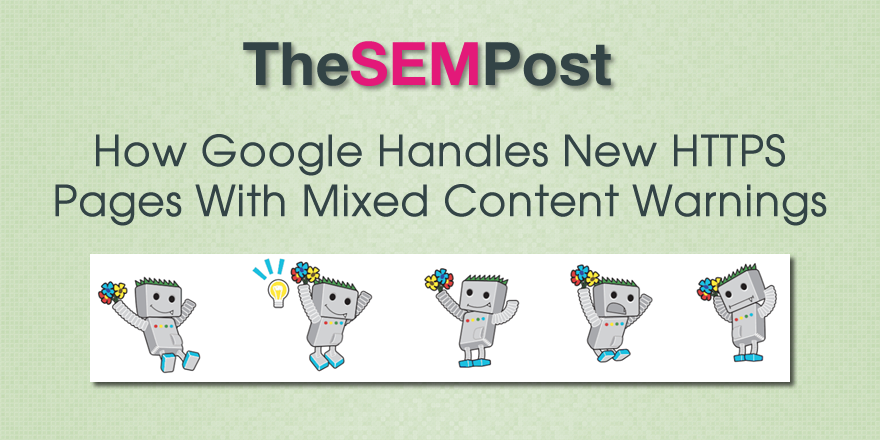 If you have been thinking of switching over to HTTPS but haven’t wanted to deal with fixing all the potential issues that come up with an HTTPS migration, at least one of the most common issues won’t cause significant issues when you make the leap – and that is the problems surrounding mixed content warnings.
If you have been thinking of switching over to HTTPS but haven’t wanted to deal with fixing all the potential issues that come up with an HTTPS migration, at least one of the most common issues won’t cause significant issues when you make the leap – and that is the problems surrounding mixed content warnings.
Mixed content warnings happen when a site is on HTTPS but the site is still including elements on the page that are not secure and are hosted on HTTP instead. This commonly includes things like images, video, CSS and Javascript, as well as all kinds of embeds. And for many site owners, this is the biggest issue many run into, especially for those sites that have been around a long time.
John Mueller talked about this issue specifically, when a site switches to HTTPS but suddenly the site has a lot of mixed content warnings popping up in the browser.
From Google Search side, what would happen there is we would recognize that there is insecure content on this page and we would be less likely to pick that URL as the canonical.
So we have your HTTP version, your HTTPS version, if we recognize that the HTTPS version isn’t correct, then we will prefer the HTTP version.
He also makes it clear that this kind of situation won’t cause a site to be penalized nor will it cause a loss of rankings either.
It doesn’t mean that you will see any change in rankings, you won’t be penalized for that. It’s really just a matter of do we pick this one or the other one.
He was asked for clarification about it if the site is redirecting the HTTP to the HTTPS version, and how that might affect Google’s choice in this situation.
Yeah, it’s still possible we might pick the HTTP version. We use a number of factors in the canonicalization. The redirects do play a big role there. But if we see really strong signs that the HTTP version is actually the one that should be indexed, we might still pick that one for indexing.
One good thing about this is that site owners who are reluctant to switch over to HTTPS because of possible errors taking a long time to fix. Especially for larger sites that may have pulled resources from many places over the years, it is easy to miss some of them when switching to HTTPS and ensuring all those on page resources are also HTTPS too. But definitely fix them in a timely manner, don’t leave them forever.
This also means that searchers won’t see the insecure / mixed content warning that some browsers and browser settings alert users to. This often results in someone abandoning the site, especially if they aren’t familiar with the site in question or what the warning means and if it might be a security or privacy issue for them if they view the page anyway.
Jennifer Slegg
Latest posts by Jennifer Slegg (see all)
- 2022 Update for Google Quality Rater Guidelines – Big YMYL Updates - August 1, 2022
- Google Quality Rater Guidelines: The Low Quality 2021 Update - October 19, 2021
- Rethinking Affiliate Sites With Google’s Product Review Update - April 23, 2021
- New Google Quality Rater Guidelines, Update Adds Emphasis on Needs Met - October 16, 2020
- Google Updates Experiment Statistics for Quality Raters - October 6, 2020